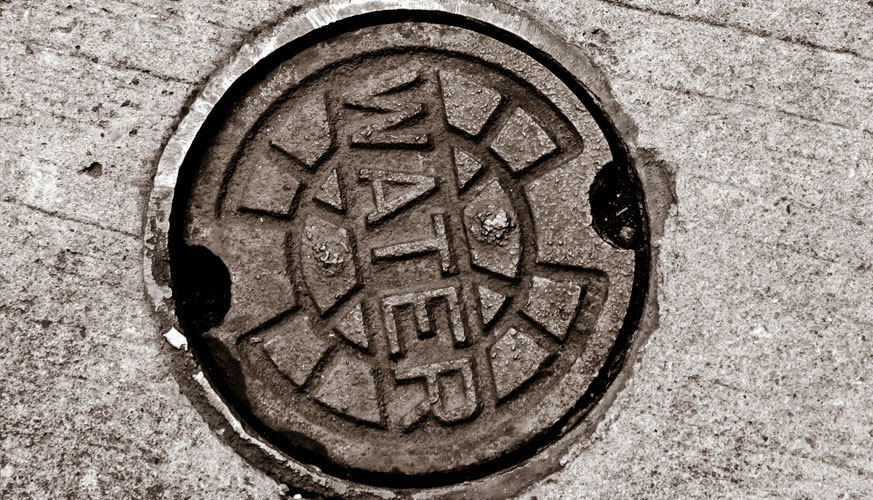Sewer and Water Main Contractor’s Insurance Edmonton
As a sewer and water main contractor, insurance is essential for protecting you against the unique risks associated with your trade. Protect yourself from potential liabilities such as theft, third-party injuries and property damage.
Proper insurance coverage is vital for Sewer & Water Main Contractors
Too often, insurance providers offer standard, packaged solutions they assume will work for all contractors. Our specialists in construction risk will work with you to review your portfolio, identify any associated exposures and draw up a custom solution that’s suited to your unique needs. Whether you are a tradesperson working alone, a large construction firm or an independent engineer/architect, our over 30 years of in-depth experience in working with the contracting industry have given us the unique expertise to craft coverage that’s specific to you and your business.
Why do I need Sewer and Water Main Contractor’s Insurance?
- Protection for property, tool, supply and equipment losses due to fire, vandalism, theft and more
- Protection for equipment breakdowns
- Protection for liability losses due to injury or third-party property damage
- Protection for errors and omissions
- Protection for loss of income due to business interruption and more
- Protection for automobile losses due to accidents and vandalism
- Protection for cyber losses due to data loss, credit card breach and other digital threats

Sewer and Water Main Contractor’s face unique risks
As a sewer or water main contractor the risks you face are unique to you and your insurance should reflect that. Sewer and Water Main Contractor’s Insurance will provide coverage for anything from property damage and injury to theft of tools or damaged product.
Property Exposures:
- Property exposures at the contractor’s own location are usually limited to those of an office operation and storage of materials, equipment and vehicles.
- Water and sewer pipes waiting to be installed are bulky but present little likelihood of damage from fire, inclement weather, theft or vandalism.
Inland Marine Exposures:
- Inland marine exposures arise from contractors’ equipment, construction materials in transit and installation exposures.
- The equipment or materials, including large concrete or cast iron piping and lines, can be large and difficult to transport without adequate loading, tie-down and unloading procedures.
- During excavation and laying of sewer lines or water mains, the equipment’s load capacity may be exceeded, resulting in damage.
- Equipment may strike underground objects, strike utilities, fall into holes or pits, slip or fall into mud, water, or sink-holes, be damaged in rock, land or mud slides, or burst into fire from overload.
- Materials and equipment left at job sites may be subject to theft and vandalism loss unless proper controls are in place.
Occupier’s Liability Exposure
- Occupier’s liability exposures at the contractor’s office are generally limited due to lack of public access to the premises.
- At the job site, digging and other operations pose numerous hazards, especially if the contractor exercises inadequate control of the area.
- The general public and employees of other contractors can be injured due to trips and falls over debris, equipment, or uneven ground.
- Construction sites create an attractive nuisance hazard, especially if work is close to residential areas.
- Digging can result in cutting utility cable, damaging property of the utility company and disrupting service to neighbouring residences or businesses.
Completed Operations Exposures
- Completed operations exposures can be very high if the piping is not properly connected and sealed.
- Any type of spillage or leakage could cause contamination, bodily injury and disease, and property damage.
- Shoring methods are vital to prevent cave in following excavation, especially if under streets and roads and any structures.
Environmental Impairment Liability Exposures
- Environmental impairment liability exposure can be very high.
- Transportation and disposal hazards may arise if the contractor removes old sewer lines.
- Buried sewer lines may gradually leak, causing serious contamination of the soil and possibly groundwater.
Automobile Exposures
- Automobile exposures can be high due to the transport of oversize sewer and water piping, machinery, and equipment.
- In rural areas, roads may be narrow and the ground uneven, increasing the risk of collision and upset losses.
Workplace Safety Exposures
- Workplace safety exposures can be severe. Lifting and back injuries, hernias, sprains and strains can occur from setting up retaining walls or trenches and installing sewer lines. Collapse of retaining walls or overturn of equipment may result in severe injury or death from crushing or suffocation.
- Serious injuries may also arise during work with hand tools, large, heavy machinery, or from the carelessness of fellow employees.
What types of Business Insurance do I need?
There are many types of insurance policies that our experts can advise you on and package to meet your specific needs, such as:
- Commercial General Liability
- Commercial Property Insurance
- Business Interruption Insurance
- Pollution Liability Insurance
- Professional Liability Insurance
- Product Liability Insurance
- Equipment Breakdown Insurance
- Commercial Auto Insurance
- Cyber Insurance

